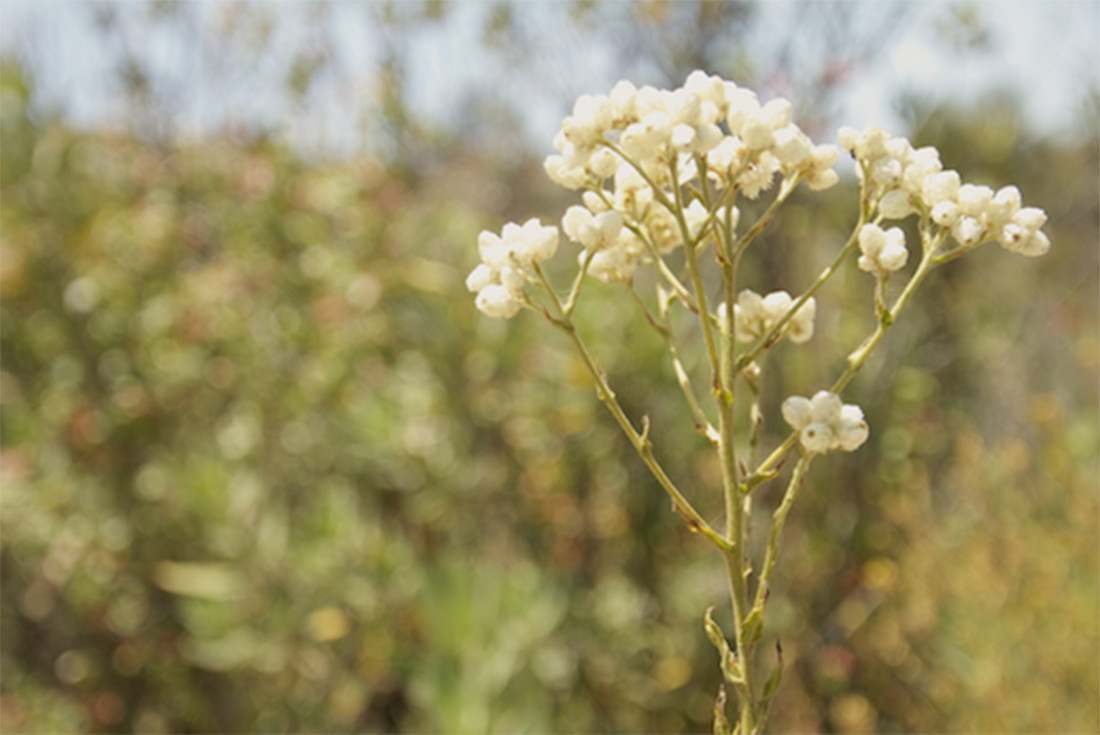
The 2,850-acre Santa Susana Field Laboratory (SSFL) is located 30 miles northwest of downtown Los Angeles in southeastern Ventura County, near the crest of the Simi Hills at the western border of the San Fernando Valley. It is surrounded by Simi Valley to the north, Chatsworth and West Hills to the east, Thousand Oaks to the south and Moorpark to the west.
SSFL is a vital wildlife corridor in Southern California. Its rich natural setting provides and environment for a variety of plant and animals to thrive. The National Park Service has studied and monitored more than 100 mountain lions in the Santa Monica Mountains Recreation Area, including in and around the SSFL, to understand how lions survive in an urban landscape.
As part of its commitment to the protection of these resources, NASA has conducted surveys to identify plants and animals present or likely to occur and to document the presence or absence of Federal- or State-protected species. The plant inventory listed 74 plant species observed on NASA-administered land at SSFL. Among the species observed was the Santa Susana Tarplant, listed a threatened species by the California Department of Fish and Game. The wildlife inventory listed 60 birds, 15 mammals, 11 reptiles and amphibians, and 11 butterflies. The Federally listed (Endangered) Least Bell Vireo, and State-listed Loggerhead Shrike and Two-striped Garter Snake were among the species observed.
Habitat surveys of the NASA-administered property conducted in 2010 identified eight natural terrestrial habitat types, two aquatic habitat types, and ruderal and developed areas. Two of the habitats—the southern willow scrub and Venturan coastal sage scrub—are considered sensitive habitats by the California Department of Fish and Game. NASA has compiled a full list of habitats found in NASA-administered areas at SSFL.